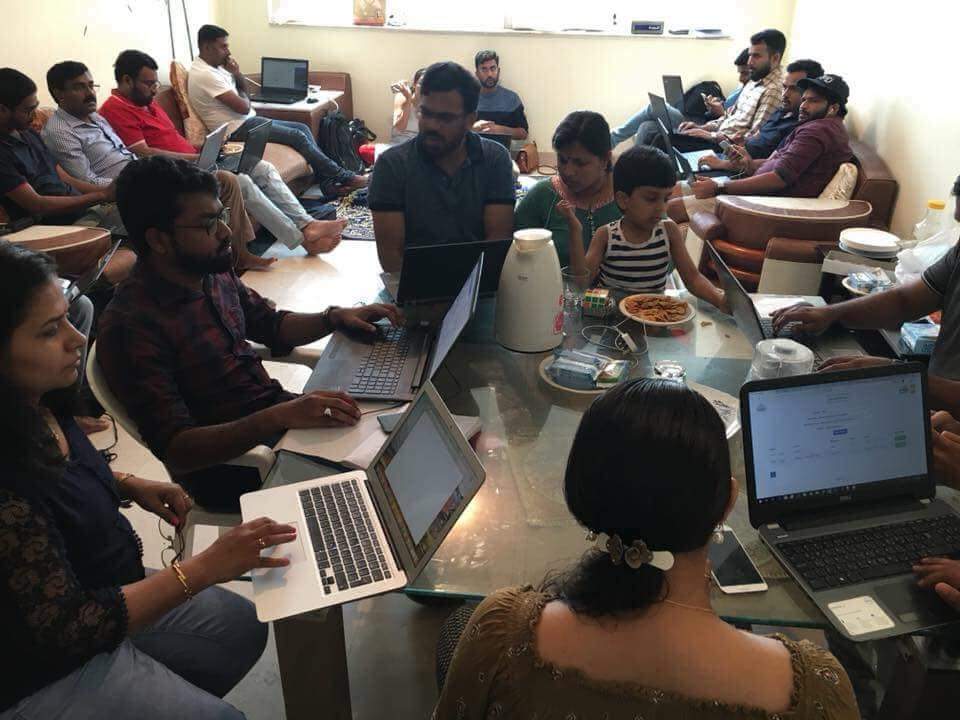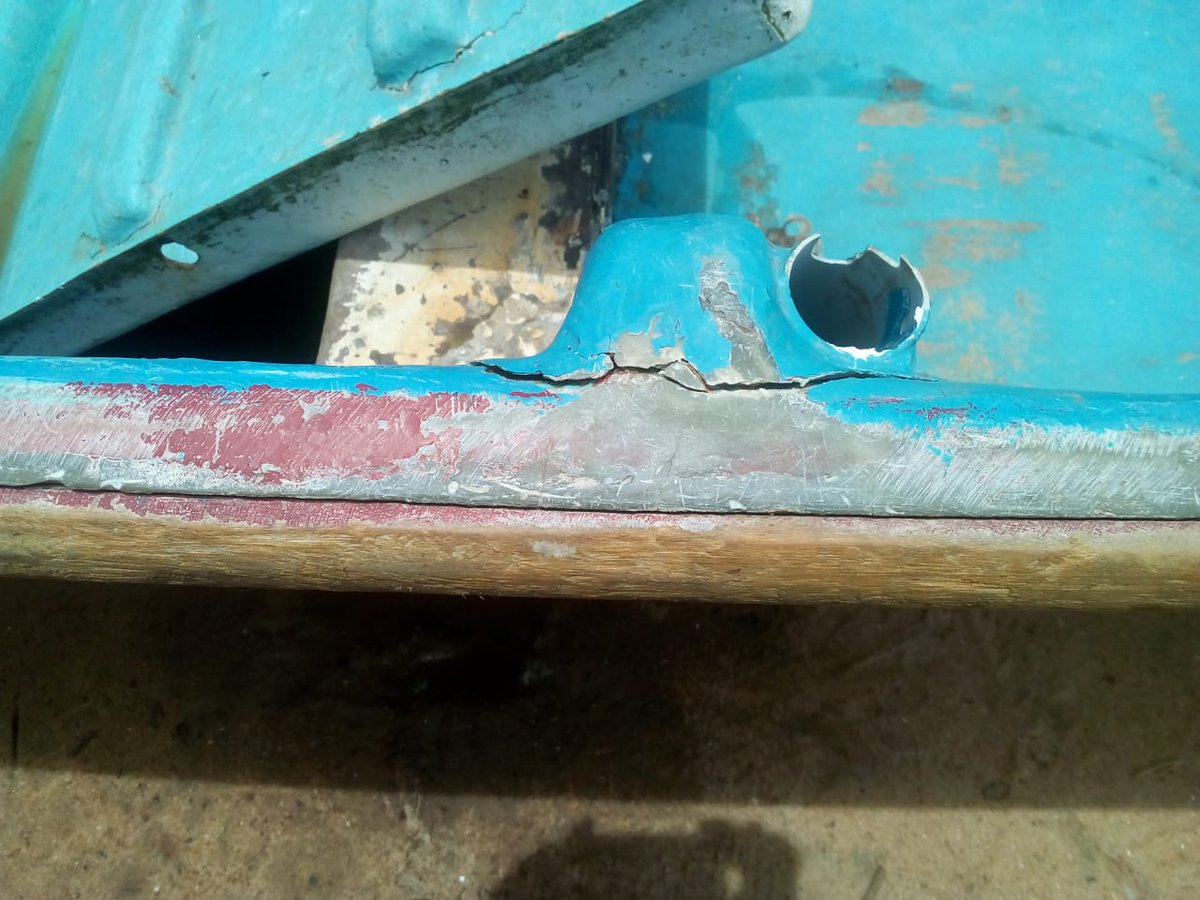The answer, under RTI from MHA:
100,000!
Annual 100,000 applications
Monthly: 7000 to 9000
Per day: 300
Only one person, the union home secretary, has to sign at least 300 orders every day!
Can she/he apply her mind to this at all?
NO
Three bureaucrats get just a couple of hours every month to look at over 10,000 numbers and 1000s of emails under surveillance.
Just a couple of hours. That's all.
Is terrorism down?
Is tax evasion down?
Is corruption down?
Is law and order better?
If your answer is a NO, then you know how successful surveillance really is.
The common answer to all this is the Government. Whoever is in power uses this massive surveillance machinery to spy on us, the citizens. And this won't change unless...








